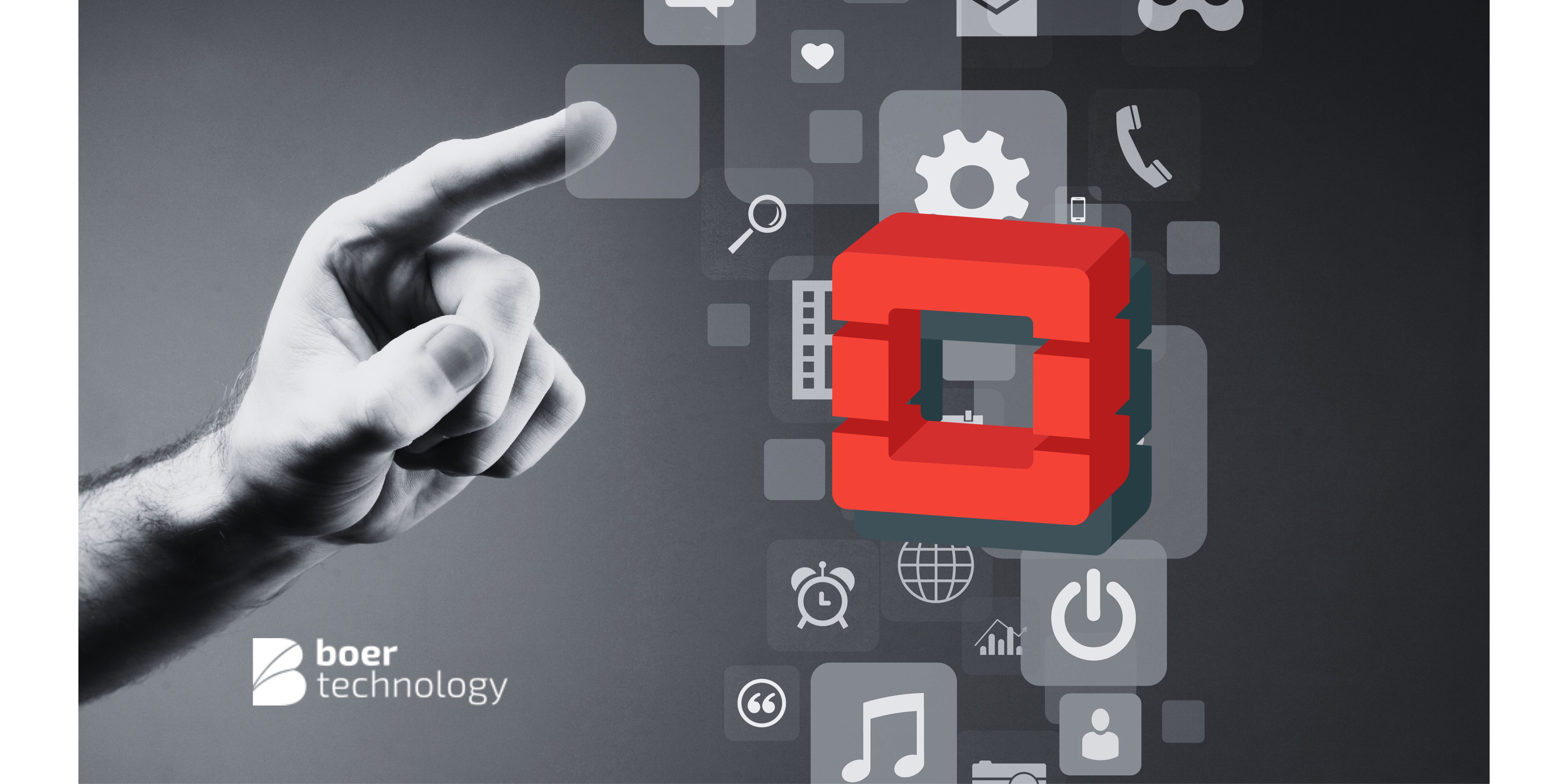OpenStack Horizon: Cloud Management Interface Best Solutions
OpenStack Horizon stands as a crucial component in the realm of cloud computing, providing users with a web-based graphical interface to interact with OpenStack services seamlessly. As an open-source project, Horizon simplifies the management and utilization of cloud resources, offering a user-friendly dashboard for both administrators and end-users. In this article, we delve into the features, benefits, and significance of OpenStack Horizon in the dynamic landscape of cloud infrastructure.
Understanding OpenStack Horizon:
OpenStack, an open-source cloud computing platform, comprises a suite of services for building and managing public and private clouds. Horizon, its web-based dashboard, serves as the primary user interface, facilitating the interaction with various OpenStack services such as Nova (compute), Neutron (networking), Cinder (block storage), and more. It provides a centralized point for users to access and manage resources without the need for extensive command-line operations.
Key Features of OpenStack Horizon:
-
Unified Dashboard: Horizon offers a unified dashboard that consolidates information and controls from multiple OpenStack services. This streamlined interface enhances user experience and simplifies the management of cloud resources.
-
User and Role Management: Administrators can define roles and permissions through Horizon, allowing for granular control over user access. This feature is crucial for ensuring the security and integrity of cloud environments.
-
Resource Provisioning: Users can leverage Horizon to provision and manage virtual machines, storage volumes, and network configurations. The intuitive interface guides users through the process, making it accessible even for those without in-depth technical expertise.
-
Orchestration and Automation: Horizon supports the management of complex cloud orchestration tasks through integration with the OpenStack Heat service. This enables users to define and deploy multi-tiered applications using Heat templates.
-
Monitoring and Reporting: The dashboard provides insights into resource usage, allowing administrators to monitor the performance of virtual machines and other cloud resources. Customizable reporting features contribute to efficient resource optimization.
-
Plugin Architecture: Horizon's modular and extensible architecture allows for the integration of additional functionality through plugins. This flexibility enables organizations to tailor the dashboard to their specific needs and requirements.
Benefits of OpenStack Horizon:
-
User-Friendly Interface: Horizon's graphical interface simplifies cloud management tasks, making it accessible to users with varying levels of technical expertise. This ease of use fosters collaboration and empowers users to manage their resources efficiently.
-
Efficient Resource Management: The unified dashboard streamlines resource management, allowing users to create, modify, and delete resources with minimal effort. This efficiency is crucial for organizations seeking to optimize their cloud infrastructure.
-
Role-Based Access Control: Horizon's role-based access control enhances security by ensuring that users only have access to the resources and actions relevant to their roles. This fine-grained control is essential for maintaining the integrity of cloud environments.
-
Scalability and Flexibility: OpenStack Horizon scales with the growing needs of organizations. Its modular architecture and plugin system provide the flexibility to adapt to evolving requirements, supporting diverse use cases.
-
Improved Collaboration: With a user-friendly interface, Horizon promotes collaboration between different teams within an organization. Teams can collaborate more effectively, leading to increased productivity and streamlined cloud operations.
Significance in the Cloud Landscape:
As cloud environments continue to evolve, the significance of user-friendly interfaces like OpenStack Horizon becomes increasingly evident. The ability to manage complex cloud infrastructure through a graphical interface reduces the barrier to entry, allowing organizations to harness the power of OpenStack without extensive training.
OpenStack Horizon not only simplifies cloud management but also contributes to the overall efficiency and agility of cloud operations. Whether administrators overseeing the entire cloud infrastructure or end-users provisioning virtual machines, Horizon provides a centralized hub for performing tasks with ease.
Conclusion:
OpenStack Horizon plays a pivotal role in making OpenStack services accessible and manageable for a broader audience. Its intuitive dashboard, role-based access control, and support for various OpenStack services contribute to a more streamlined and efficient cloud management experience. As organizations continue to embrace cloud technologies, tools like OpenStack Horizon become indispensable in ensuring that cloud resources are utilized optimally, securely, and with maximum flexibility.
Read Also: NAVIGATING THE CLOUD: A COMPREHENSIVE GUIDE TO CLOUD IMPLEMENTATION
Read Also: NAVIGATING CLOUD CHOICES: CHOOSING THE BEST CLOUD SERVICES FOR YOUR ORGANIZATION

